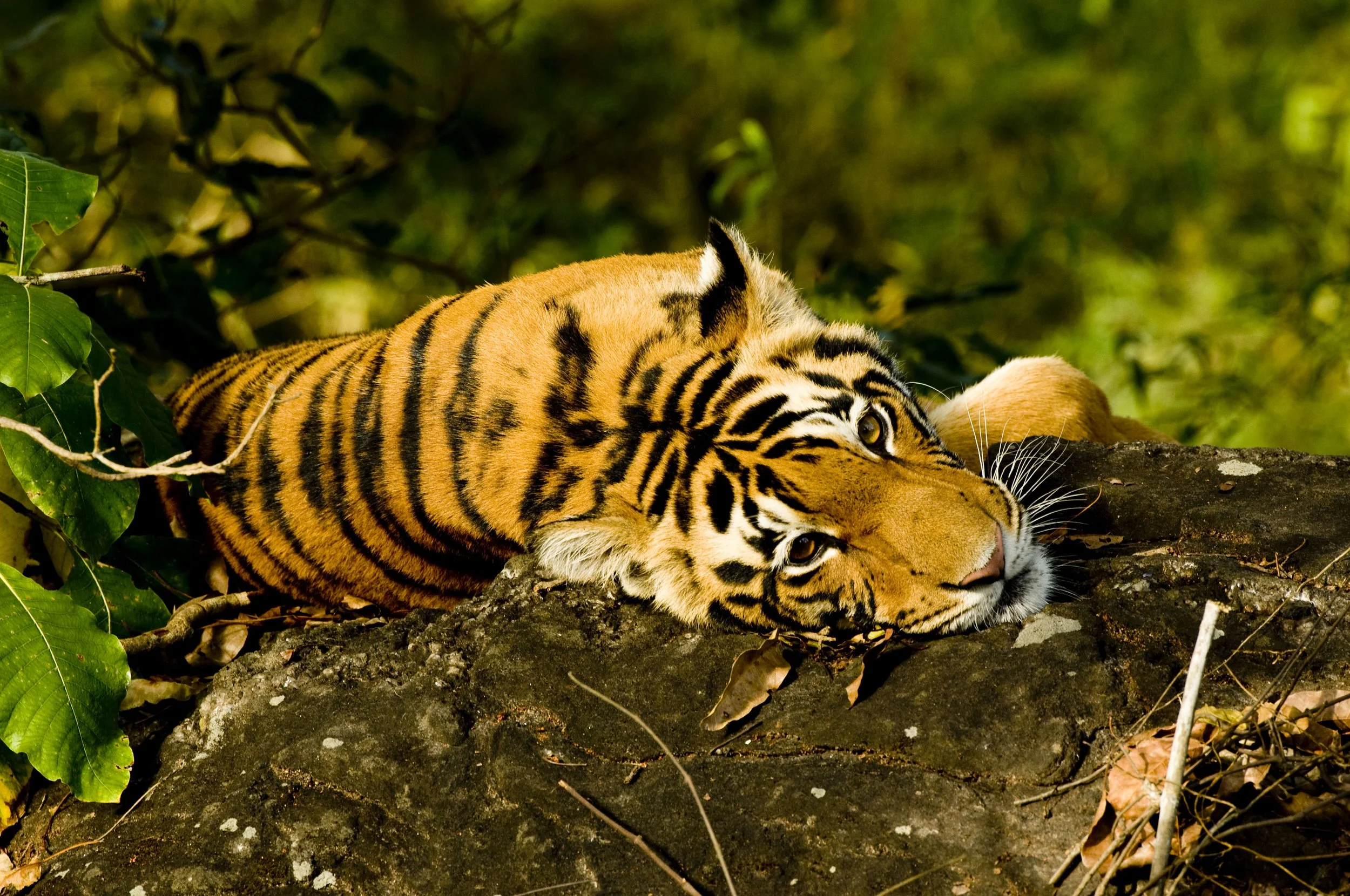Laikipia County – known for being Kenya’s stronghold for rhinos – has long been a key target for wildlife poachers. Since a resurgence in poaching in East Africa a decade ago, players in Laikipia have been stepping up their enforcement efforts in an attempt to protect their ever-threatened wildlife. With the help of some furry friends, anti-poaching efforts have shown great promise.
The U.S. Fish and Wildlife Service has closed a deal acquiring a 306.30-acre piece of New Hampshire’s northern hardwood forest in the Mascoma Headwaters unit of Silvio O. Conte National Fish and Wildlife Refuge. The property will now be added to Conte Refuge in fee simple for its permanent protection. The acquisition of this parcel of land (Unit B) marks a major accomplishment for us and our partners, the Bear Hill Conservancy and the Kilham Bear Center.
With two out of three phases complete, WildLandscapes’ efforts to permanently protect 14,817 acres of New Hampshire’s northern hardwood forest with the Bear Hill Conservancy is well on its way. Phase III will finally maintain an incredible region for biodiversity while creating connectivity between Bear Hill and White Mountain National Forest. In the last two months, we’ve identified a major source of funding that will help us complete this final phase.
Along with seven co-authors, Dr. Vratika Chaudhary, Data Scientist with NatureServe, has recently published her findings after compiling and analyzing six years’ worth of camera-trap data from Pakke Tiger Reserve in northeastern India. The project’s ultimate purpose was to create baseline species-richness and occupancy estimates for the mammalian community of the reserve by taking a full-scale, community-level research approach (which is a rare feat in India).
Combined with anthropogenic factors and occupancy modeling, six years of camera-trap data has now turned into a clearer picture of Pakke’s biodiversity.
Our efforts to protect the minerals beneath Big Cypress National Preserve’s surface are picking up steam, and we're doing our best to get the word about preventing oil exploration operations. Big Cypress National Preserve’s importance can’t be understated, and it's time we protect it forever.
"The new operations would mark the first expansion of oil drilling since the preserve was created a half century ago in the midst of the 1970s oil crisis," wrote Jenny Staletovich in her article for South Florida’s WLRN. Follow the link to the full article, and keep reading here to learn more about the work that’s left to be done.
Protecting important landscapes isn’t easy work, so we think celebrating success in conservation is important when you find it. That’s why we’re proud to share that Kelly McDowell, Senior Project Manager with WildLandscapes, is the recipient of the 2021 U.S. Fish and Wildlife Service Division of Realty Land Legacy Award for his exceptional work with the National Wildlife Refuge System!
Click to read more about Kelly’s accomplishments and additional WildLandscapes staff updates.
From mangrove forests bordering coastal channels to American alligators floating though dimly lit cypress swamps, the Everglades offer some of the nation’s most iconic landscapes. It’s easy to understand why Everglades National Park hosts around a million visitors each year, but the landscapes right next door are just as important to Southwest Florida’s remarkable ecosystems and wildlife. That’s why we’re so interested in protecting Big Cypress National Preserve.
If I asked you to picture a brown bear, there’s a good chance you’d image one of Alaska’s massive bears standing in a stream, fishing for salmon. Can you see it now? More likely than not, you’re picturing Brooks Falls in Katmai National Park and Preserve. Don’t know it by name? Well, I’m sure you’ll recognize it by sight.
Together, Katmai National Parks’s brown bears and sockeye salmon make a positive feedback loop that creates a system of resources benefitting the area’s wildlife, plant life, and ecosystem as a whole.
For conservationists and preservationists, the slight, implicit difference between “conservation” and “preservation” in connotation is significant because, in practice, it indicates a difference in how to carry out protection. WildLandscapes focuses on adaptive landscape conservation that protects land for wildlife and people while allowing for uses like, for example, sustainable ranching on landscapes in Florida.











